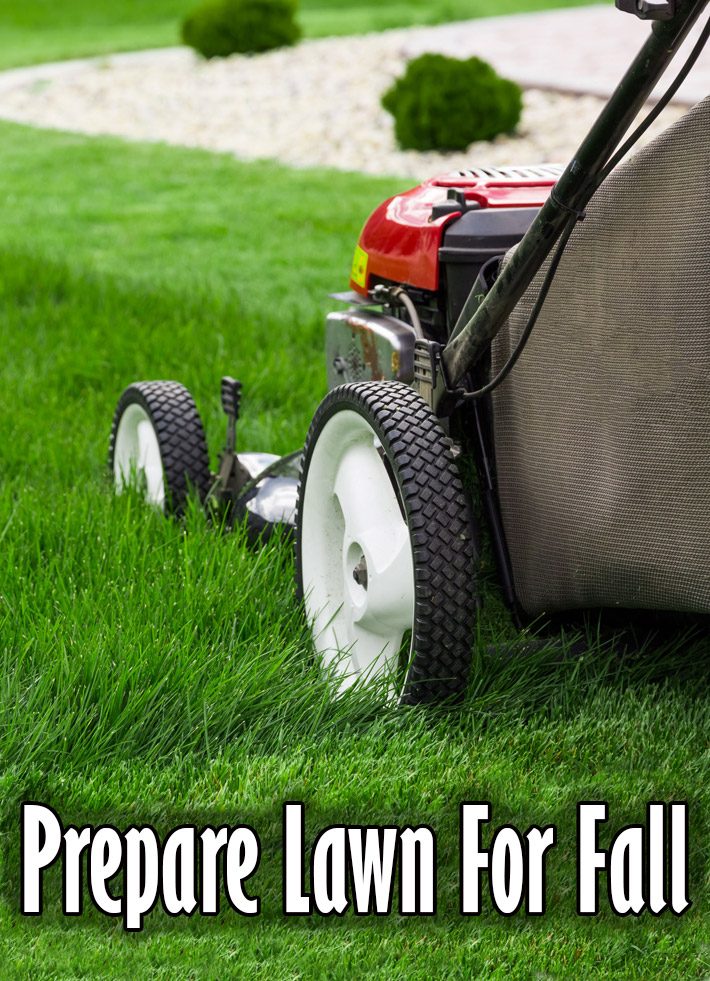
How To Prepare Lawn For Fall
The end of summer doesn’t mean the end of lawn care. Take these simple steps with your grass now and you’ll have a head start on a healthy lawn for next spring.
With autumn nearly upon us and winter rapidly approaching, you’re probably not spending much time thinking about your lawn. But autumn, with its cooler temperatures and occasional rainfall, is the ideal time to prepare your lawn for next spring.
Many homeowners think lawns need less care in the fall because the grass grows more slowly. In fact, just the opposite is true. During this time of year, grass is busily absorbing energy, moisture, and nutrients in preparation for a long, dormant winter. Give it a little attention now, and you’ll be rewarded with a lush, healthy spring lawn. Just follow these six tips.
KEEP ON MOWING
Continue to water and mow your lawn, as needed, throughout the fall. Then as the season draws to a close, drop the mower’s blade to its lowest setting for the last two cuttings of the year. That will allow more sunlight to reach the crown of the grass, and there will be less leaf to turn brown during the winter.
*Note: As you lower the blade, just remember not to trim off more than one-third of the grass blades at any one time. If necessary, gradually lower the cutting height until the time of the final two cuttings.
AERATE THE SOIL
Fall is also an ideal time to aerate your lawn so that oxygen, water, and fertilizer can easily reach the grass’s roots. You can rent a gas-powered, walk-behind lawn aerator for about $70 per day. The self-propelled machine will quickly punch holes into the soil and extract plugs of dirt. If you’ve got a very large yard—say, more than 3 or 4 acres—and don’t feel like aerating it yourself, hire a landscaping contractor.
RAKE THE LEAVES
I know raking leaves is no one’s idea of fun, but it’s important to remove fallen leaves from your lawn as soon as possible. Don’t wait until all the leaves have fallen from the trees to start raking. If you do, the leaves will become wet from rain and morning dew, stick together, and form an impenetrable mat that if left unmoved will suffocate the grass and breed fungal diseases.
An alternative to raking leaves is to use a lawnmower fitted with a collection bag or vacuum system. These methods are particularly effective if you have a very large yard with many deciduous trees. Regardless of whether you use a rake or a lawnmower, just be sure to remove the leaves before they turn into a soggy, suffocating mess.
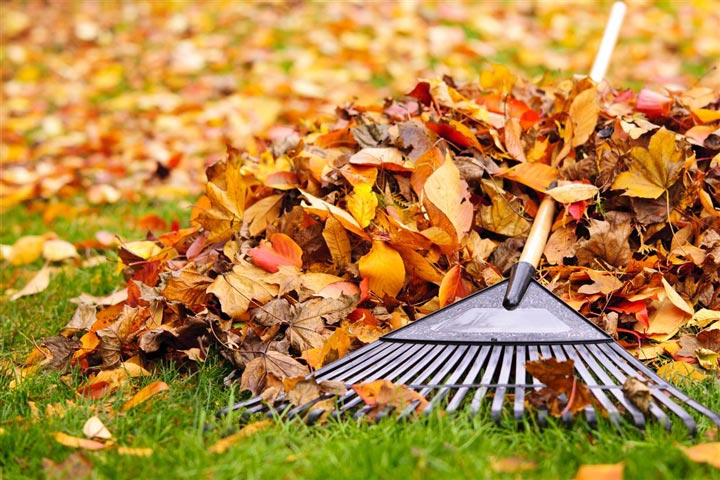
FERTILIZE FOR FUTURE GROWTH
Most lawn experts agree: If you fertilize your lawn only once a year, do it in the fall. The reason? Grass leaves grow much more slowly as the weather turns cool, but the grass roots and rhizomes continue to grow quickly. (Rhizomes are the horizontal plant stems that lie just beneath the soil’s surface; they produce the blades of grass above and the roots below.) A fall application of fertilizer delivers essential nutrients for the grass to grow deep roots now and to keep nutrients on reserve for a healthy start next spring.
Wait until mid-to-late fall, then apply a dry lawn fertilizer to all grassy areas; be careful not to miss any spots. You could use a crank-style broadcast spreader, but for optimum coverage, consider using a walk-behind drop spreader. It takes a little longer, especially on hilly yards, but a drop spreader provides the best way to apply an even, consistent layer of fertilizer.
FILL IN BALD SPOTS
Autumn is also a great time of year to fix any bare, bald spots in your lawn. The quickest, easiest way to do this is with an all-in-one lawn repair mixture. Sold at most garden shops and home centers, this ready-to-use mixture contains grass seed, a special quick-starter lawn fertilizer, and organic mulch.
Use a garden rake to scratch loose the soil at the bald spot in your lawn. Then spread a thick layer of the lawn repair mixture over the area. Lightly compact the mixture, then water thoroughly, and continue to water every other day for two weeks.
WEED CONTROL
If broadleaf weeds like dandelions have taken over your lawn, now’s the time to fight back. Weeds, like most plants, are in the energy-absorbing mode during the fall. They’re drinking in everything that comes their way, including weed killers. Apply an herbicide now and the weeds won’t return in the spring.
Read the package label before use. Most herbicide manufacturers recommend applying the weed killer during early-to-mid autumn, when daytime temperatures are consistently above 60 degrees Fahrenheit.

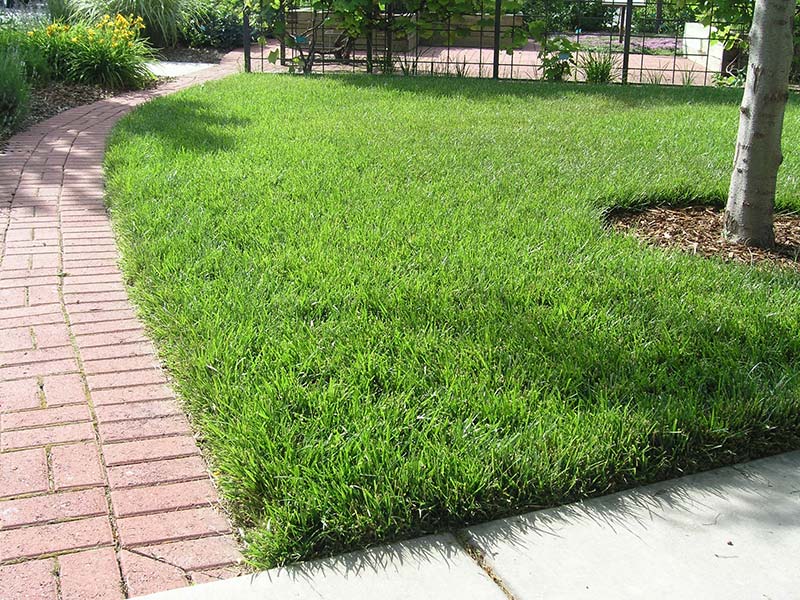
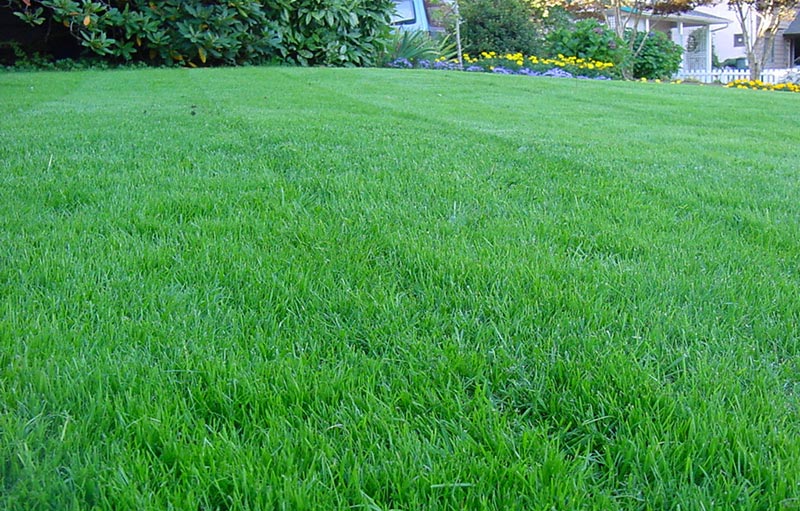
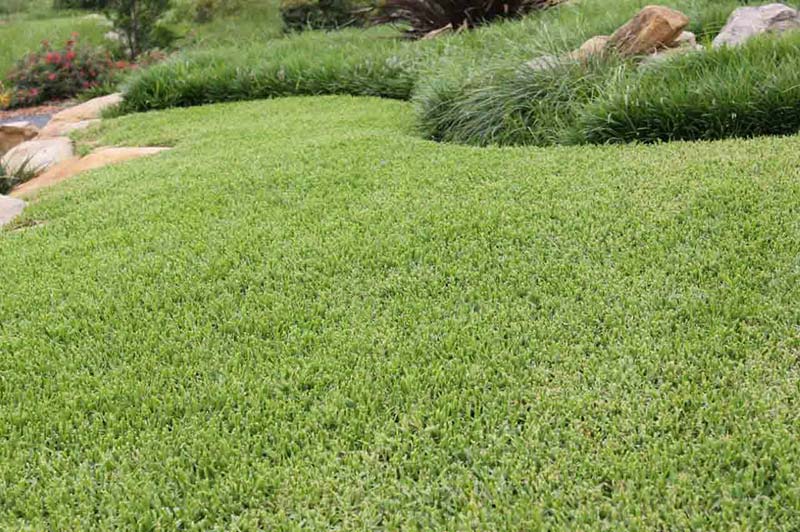
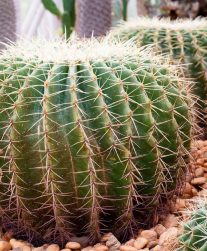

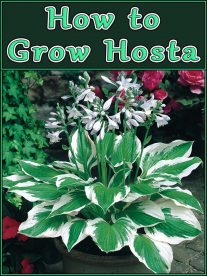
Leave a Reply